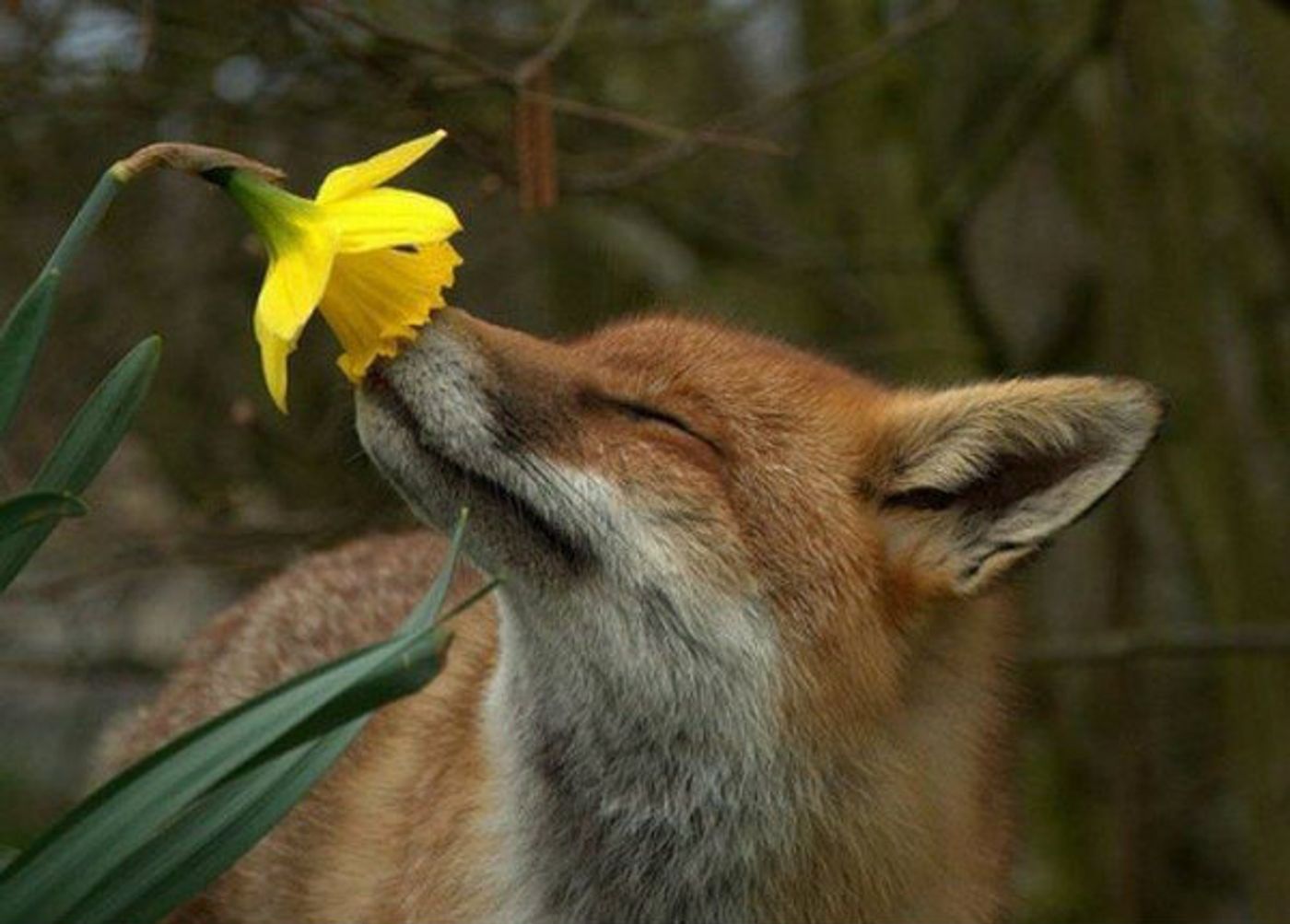Foxes run rampant in England
Encroachment from human development and urbanization has been displacing animals for decades. Bears and coyotes often face human-wildlife conflicts throughout North America where their habitat has been diminished and they enter residential or ranch areas to prey on livestock or the common trash barrel. Elephants in parts of Eastern Africa face the similar dilemma where their migratory channels have been diminished and threaten farmers’ crops. But in England the principle animal is the red fox, Vulpes vulpes. In the last years, fox population numbers have increased in the north and remain stable in the south of England. Although urban sightings foxes have reportedly dropped by 43% since the 1990s, following Daily Mail UK, estimates state nearly 150,000 in England. That’s one fox for every 300 urban residents, writes The Guardian.
A recent study from Brighton and Reading universities led by mammalian biologist, Dawn Scott, and behavioral zoologist, Phil Baker, aimed to confirm a clearer census of fox populations by tagging foxes with transmitters to track their interactions and territories. They also instructed residents from eight different cities to report fox sightings during July and August from 2013 to 2015. The results of the study found that the city of Bournemouth currently has the highest concentration of urban foxes in the UK, with 23 individuals per square kilometer. In London that number was only slightly lower, at 18 individuals per square km; Bristol at 16 and Newcastle at 10.
Nevertheless, it is contested whether fox populations are actually increasing. Baseline studies may have not reported accurate numbers and so judging the species population growth is a challenge. Speaking from The Fox Project, a fox rescue service and wildlife hospital, Trevor Williams says: “I just don’t see that the population has increased at all in terms of enquiries, or in terms of casualties. We get around 700 to 750 coming in to our hospital and we raise about 220 and 250 cubs each year, and that hasn’t changed in many years either.”
Yet while he is firm that the “urban fox” phenomenon has gathered momentum because of human encroachment. “I think what’s happening is that we’re taking over more rural areas and therefore the foxes that live there become urban foxes…” he says. The concept can be looked at from several perspectives; a) that the foxes have nowhere else to go or b) living in urban areas provides them with the resources they need to thrive. Whatever the cause, urban foxes have gathered fame throughout the country. Some residents welcome them, while others do not.
Scott points toward the abundance of suburban greenery as a reason for why there are so many foxed in Bournemouth. “Housing types and the suburban structure in Bournemouth might be slightly more suitable than the areas in London we surveyed to support higher fox numbers,” she stated.
Sources: The Guardian, Daily Mail UK, LA Times









